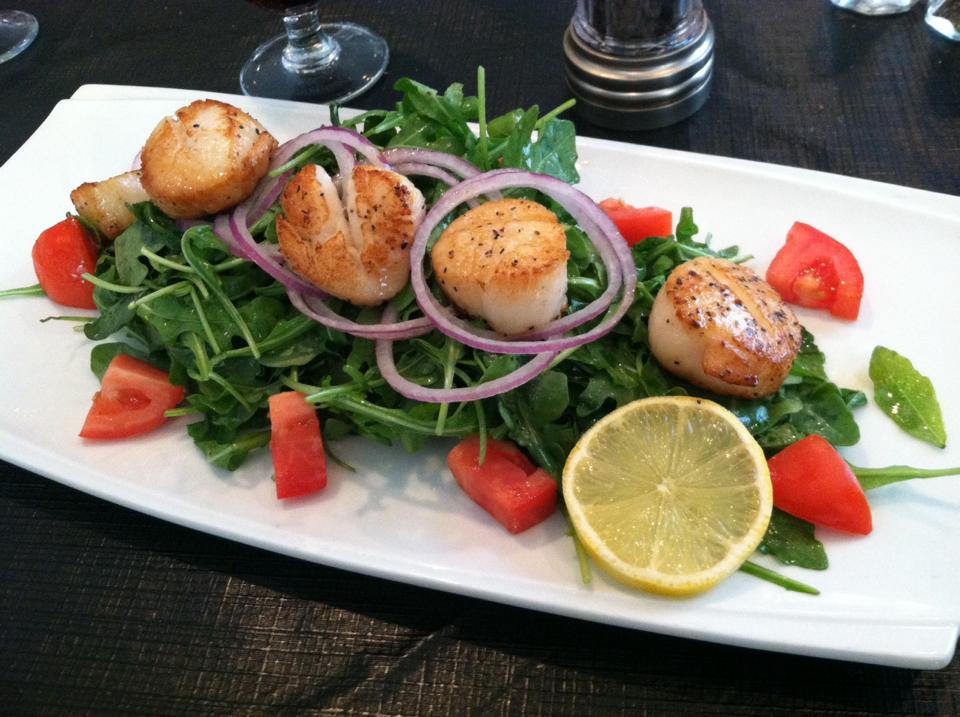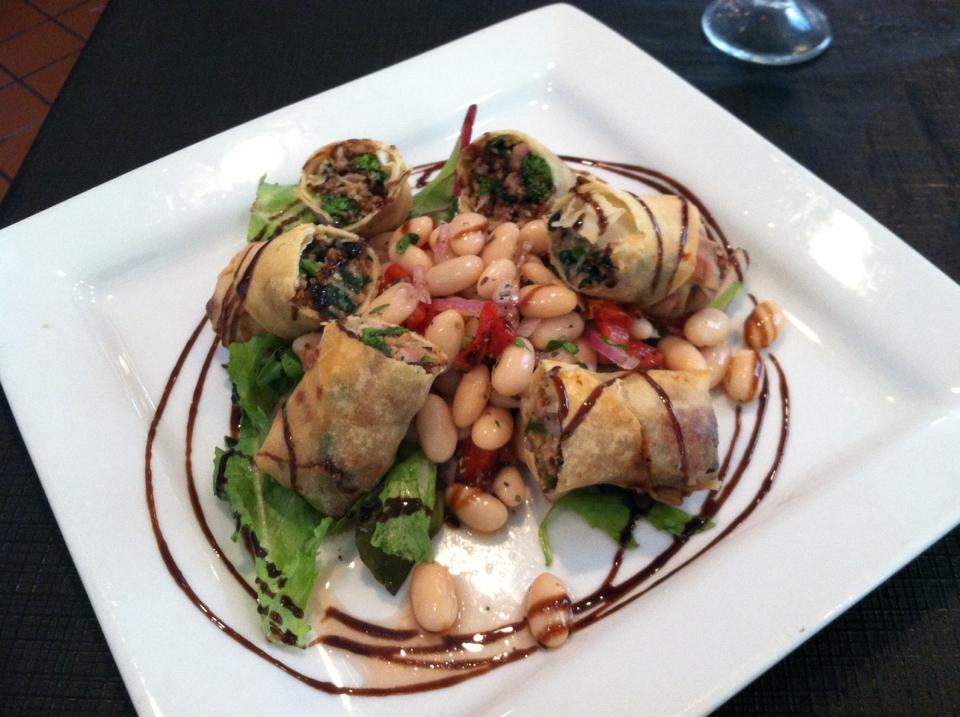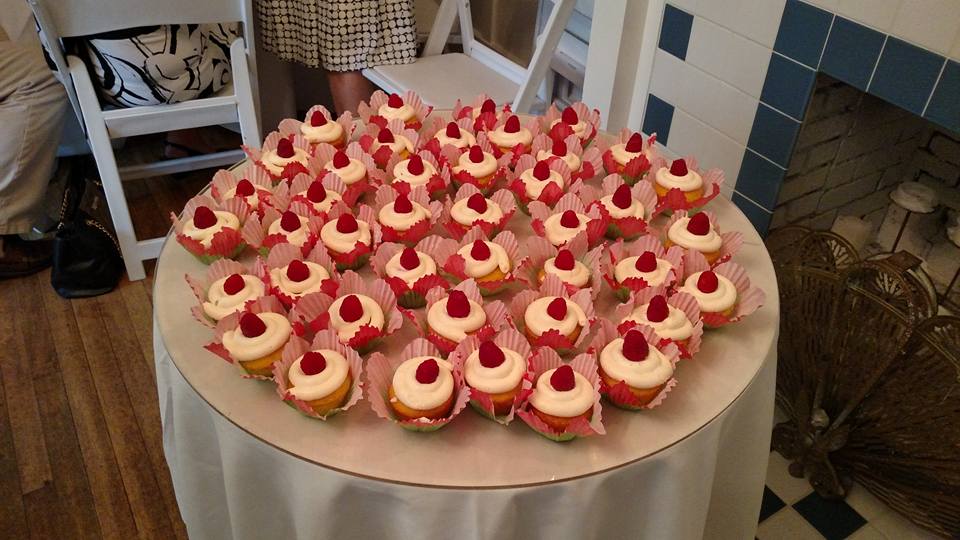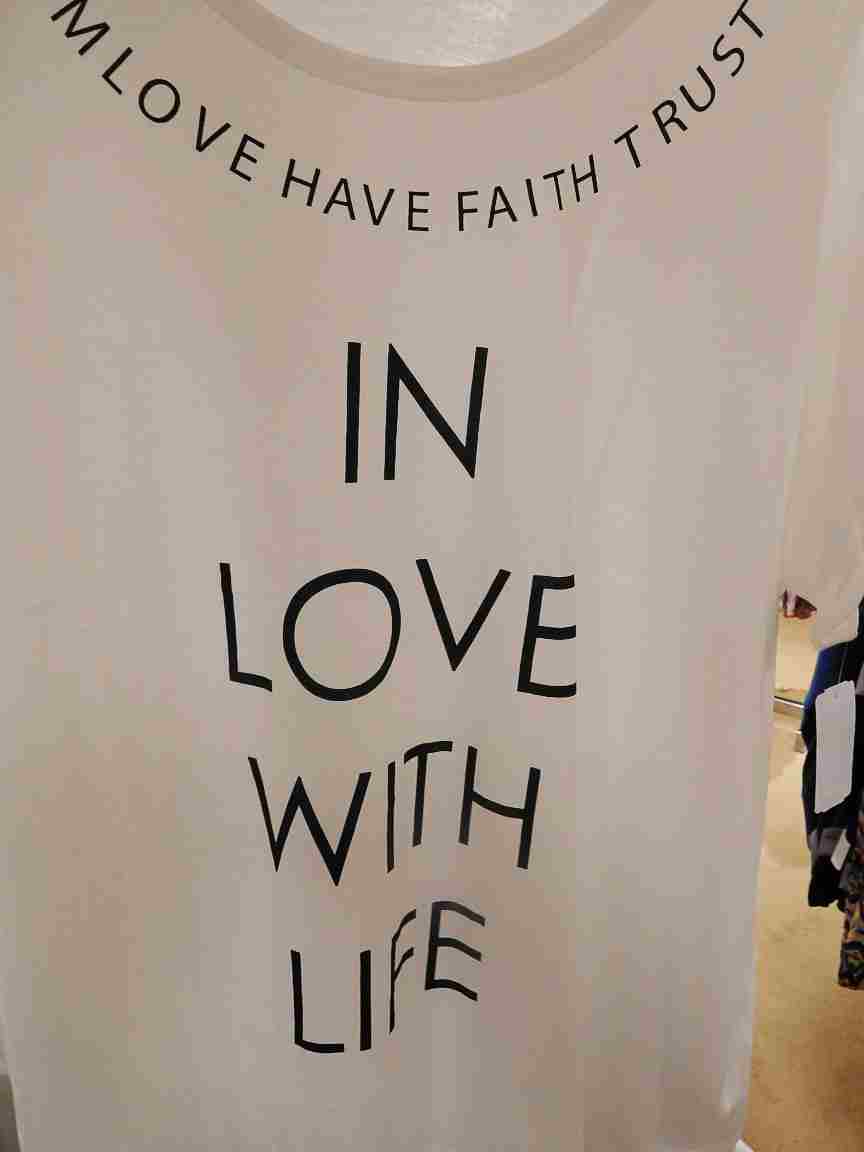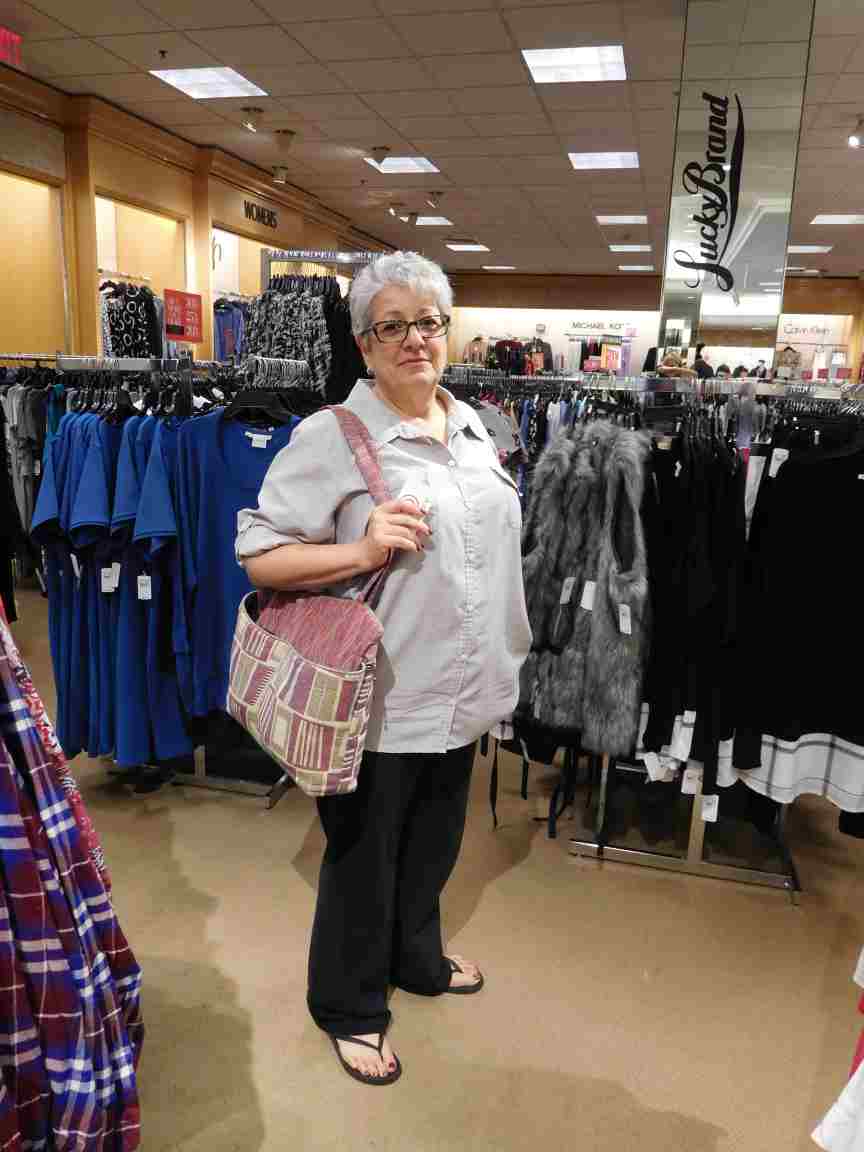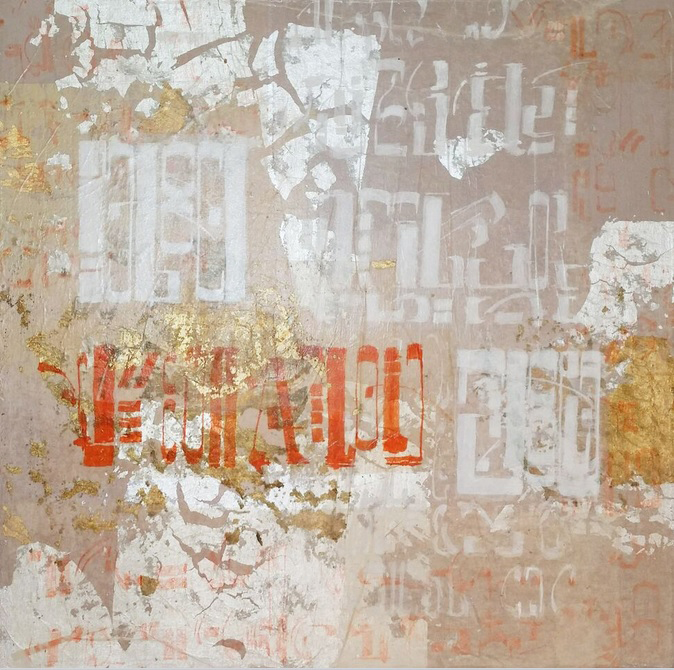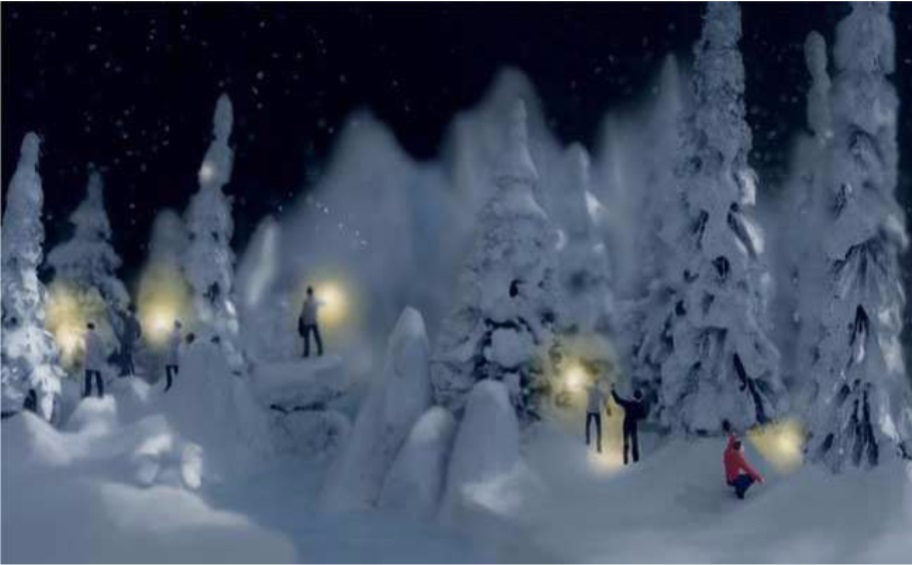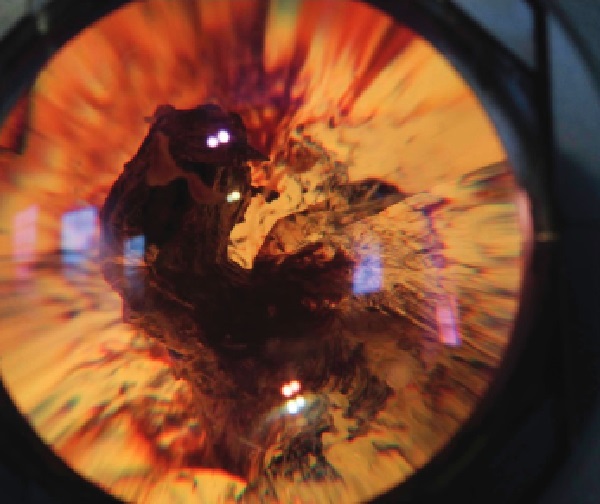Topic: COMMUNITY INTEREST


In April 2015, Duffy's Cultural Couture, reported on the presence of a gun range in Hamilton Township, NJ, Mercer County. Since then we took steps to OPRA information from the township as it pertains to this gun range. We wanted to see what was spent on the range, why it was built, and who was involved with the decision. There are already ranges available in the county and the township for the police to utilize, we found it an an abuse of taxpayers dollars to build another range.
see link to original story in April 2015: http://www.tammyduffy.com/ARTFASHION/index.blog?entry_id=2353287
Imagine our surprise when the Hamilton Township Municipal clerks office responded with," There is no gun range located on Electronics Drive." This is a completely false statement by the township. What are they hiding? Let me share what we found.
If one goes to the Township web site you can see past meeting minutes from the Hamilton council. On April 7, 2015 the minutes demonstrate in Section 3b the following:
"Resolution Authorizing And Approving The Execution Of A Use And Hold Harmless Agreement Between The Township Of Hamilton And The Township Of Robbinsville For The Use Of The Hamilton Township Police Division Firing Range."
But the township is standing their ground and continues to say that there is no gun range on Electronics Drive. But their own minutes clearly demonstrate (which are taken by the municipal clerk) the presence of the range. This is extremely concerning. Why are they stating on an OPRA request that the gun range does not exist? There are also several signs that are posted on the property clearly demonstrating the presence of the range, not to mention the gun fire. During the summer months this year, there were numerous township vehicles driving through the neighborhood. When we asked the township employees what they were working on, they responded with," We are building a nice park for the police in the gun range area, also paving the road."
This gun range is extremely close to the North East Corridor train tracks at the Hamilton train station. Due to this fact and the townships denial of the existence of the gun range, we then reached out to Joseph Boardman, CEO of Amtrak. We wrote him an email informing him of the OPRA request and the townships denial of the presence of the gun range. In the content of the email we also included : Photos on Electronics Dr that clearly mark there is a range, the townships DEP registration for the property, (They have to register the gun range due to the lead contamination that can happen), a google earth photo that shows where the range is an its vicinity to the Amtrak tracks. (Which is disturbing as well), agenda from a Hamilton Twp meeting in April 2015 highlighting the collaboration of Robbinsville and Hamilton townships at the firing range and the letter from Twp denying the presence of the firing, gun range.
We shared with Mr. Boardman that one can hear the gun fire in the American Metro Way area. It sounds like we are living in a conflict zone. The firing range is outside. You can hear the gunfire at the passenger stands at the Hamilton station, in the neighborhood and on the tracks when you are on the train.
Our concern with the position the township has taken is in direct conflict to the public's safety. A stray bullet could easily find its way to the tracks. As a resident we cannot walk back there to investigate this. The signage states you will be prosecuted if you try.
Within ten minutes of sending this email to the CEO, he responded. He then swiftly had Amtrak's Chief of Police and legal team spring into action. He was very appreciative of this information. Amtrak was never contacted by the township about any development of a gun range near the train tracks.
Here is what he learned and did. "We have found that this is not on Amtrak property. We have found that the angle is away from the rails. We have found that they have high earthen barriers as back stops. We are going to have our law department counsel their law folks. Thank you for bringing it to our attention." said Mr Boardman, CEO of AMTRAK. Clearly, the township built this firing range without taking this into consideration or involving Amtrak.
We also went to the DEP (Department of Environmental Protection) and OPRA'd information on land use, enforcement site visits, inspections of the site, maps of the site, permits any violations at the site. DEP contacted us that there were 250 documents available to review.
Here is what we learned from those documents. Evidently, the township began construction of this gun range prior to Sept 17, 2010. A Compliance Evaluation summary performed by then DEP inspector, Raymond Smellin (now retired from DEP) was done on Sept. 17, 2010 at 1pm in the afternoon.
The inspection by Smellin found the site to already be under construction with mostly advanced earth moving work and concrete slab construction well under way. This construction should not have been going on prior to the inspection by Smellin. It should have commenced after the DEP inspected the site to ensure the plan the township submitted would work.
Also stated in his report, "Isolated freshwater wetland areas along Princeton Ave appear to have been impacted by the construction by the township. The first, isolated freshwater area (E) on the plans, near the corner of Princeton Ave and Bucknell Ave were impacted by site grading. There was a straight line of vegetation along the Princeton Ave fence line destroyed. A second isolated wetland is Isolated Wetland Area (G) was also shown on the approved plans was undisturbed. This area is also along the Princeton Ave border, immediately south of Amherst Ave. This wetland area was totally impacted by the construction activity. "
The report went on to say, "The permit included a Transition area waiver. Waiver condition number 3 required the township sign a Department approved conservation restriction addressing all wetlands and transition areas on the site. The file has no copy of the deed restriction. "
Performing construction prior to and inspection by DEP and not having the appropriate permits is a violation of the Freshwater Wetlands Protection Act. During construction all excavation must be adequately monitored for presence of acid-producing deposits. If any deposits are encountered, the mitigation and disposal standards are outlined by DEP.
Let's all remember how poorly the American Metro Way site was monitored and PCB's were flying around during a dust storm during that construction. There was an executive order by Mayor Gilmore with specific tasks that he ordered to contain the contamination. The documents on the follow up after the executive order are no where to be found in the files at the township. There are no digital files available for any topic prior to July 2010. All digital files and emails have been destroyed according to the Municipal Clerk.
The Federal Emergency Management Agency (FEMA) states that floods are the most common and widespread of all natural disasters—except fire. Most communities in the United States have experienced some kind of flooding. FEMA encourages the use of wetlands for stormwater detention in lieu of, or in conjunction with, traditional structural flood control measures.
The effectiveness of wetlands for flood abatement may vary, depending on the size of the area, type and condition of vegetation, slope, location of the wetland in the flood path and the saturation of wetland soils before flooding. A one-acre wetland can typically store about three-acre feet of water, or one million gallons. An acre-foot is one acre of land, about three-quarters the size of a football field, covered one foot deep in water. Three acre-feet describes the same area of land covered by three feet of water. Trees and other wetland vegetation help slow the speed of flood waters. This action, combined with water storage, can actually lower flood heights and reduce the water’s destructive potential.
Preserving and reconstructing coastal marshes can help reduce storm damage. Coastal wetlands serve as storm surge protectors when hurricanes or tropical storms come ashore. in the Gulf coast area, barrier islands, shoals, marshes, forested wetlands and other features of the coastal landscape can provide a significant and potentially sustainable buffer from wind wave action and storm surge generated by tropical storms and hurricanes. Unfortunately, with the construction of the gun range by the township and their destruction of the wetlands, the homes in the area were negatively impacted during the hurricane.
In the summer of 2011, Hamilton Township experienced Hurricane Irene. There were multiple homes destroyed and severe property damage along the Princeton Ave, Amherst Rd, Bucknell Ave areas of Hamilton township. The residents in some the these homes had 5 feet of water in their homes. The statue of limitations for property damage is 6 years. Do the residents of this area have a case against the township officials who allowed the watershed to be destroyed with the construction of this gun range? Only an environmental lawyer can answer that question with full authority. Can the leaders and council members during this timeframe be held accountable.
There definately is a pattern of behavior that exisits with past, recent and future development in Hamilton. It's a pattern that is quite concerning for the residents,business owners and taxpayers in the township. As residents we must stay vigilant and hold the leadership accountable.
It should also be noted that sources at a Bensalem gun range shared with us that Hamilton police who frequent the PA range have stated," The township is considering turning this range into a public range so that the township residents can help pay for its upkeep."
This is interesting, for did we as residents not already pay for the range and for its upkeep?
*We are awaiting addition documents from DEP. When we receive them we will update this report.

